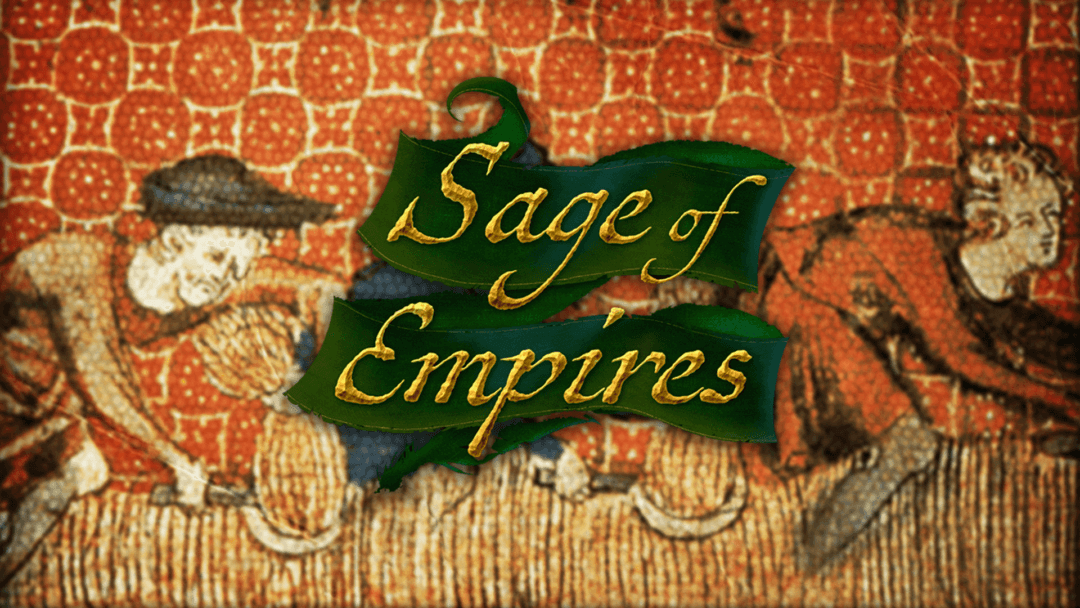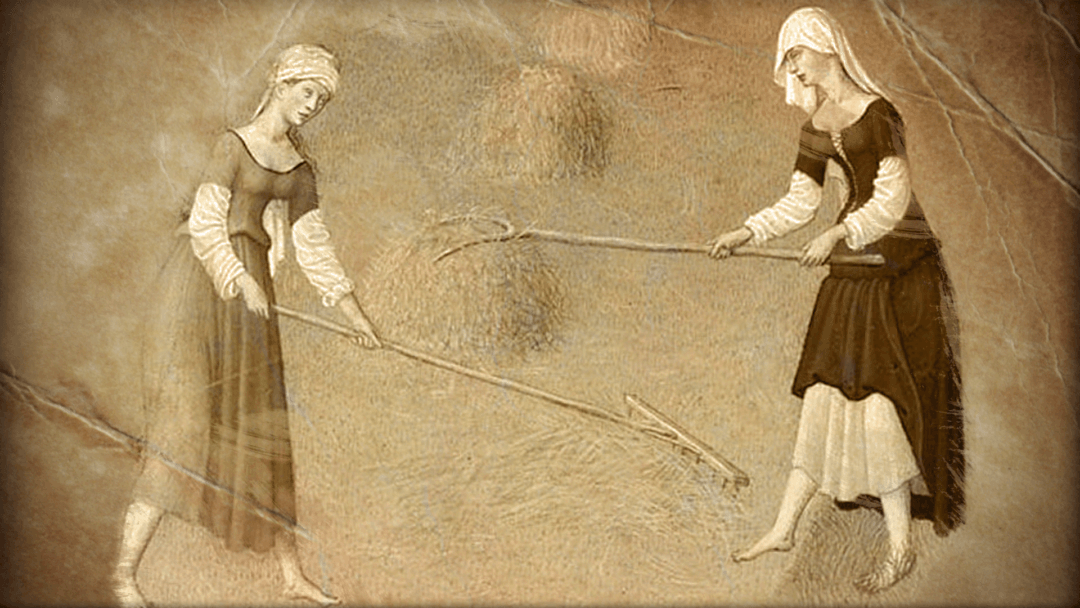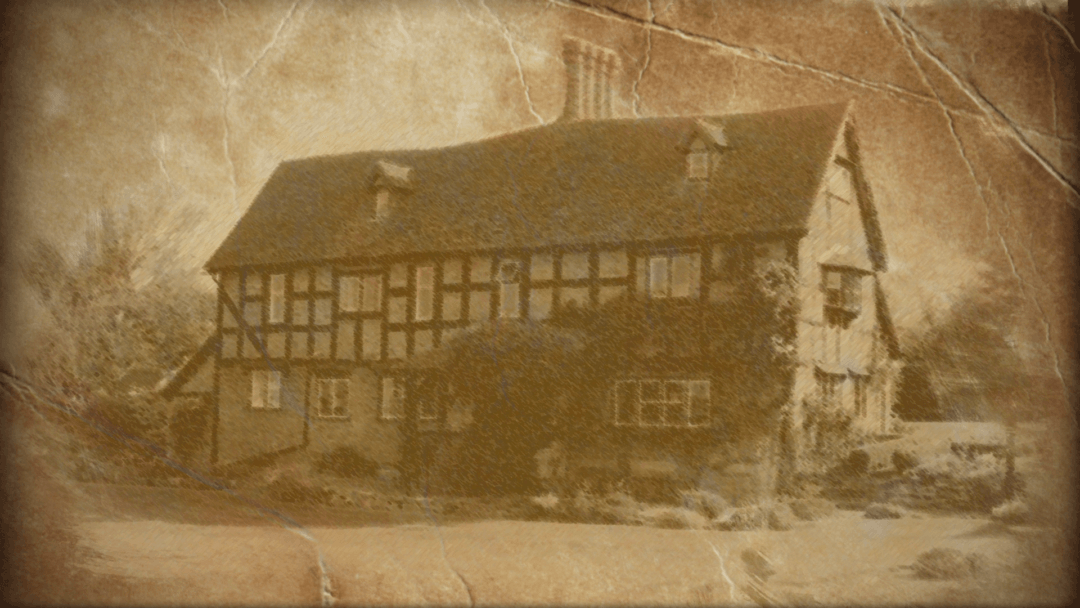
Greetings fellow Age of Empires community,
Have you ever found yourself wondering who are the hard-working villagers in game collecting your food and your lumber? How did they become agriculturists or specialize in hunting animals? I know I have pondered about this before. My curiosity got the best of me and I simply had to take a trip back in time to immerse myself in the reality of these essential members of medieval societies who also happen to be an essential part of your gameplay experience. I must clarify, this piece only includes the first of many types of common folk across the countless civilizations found across our games. We will first analyze the lives of most European peasants and determine that their experiences are, most-likely, quite different than yours. I hope this short tale will begin to quench your curiosity on the life of your villagers.
Who were medieval peasants?
- They were considered to be the common fold of medieval societies. Often referred to as “commoners”
- The lowest class in medieval feudal societies.
- Other names include “ones who work”. This terminology was used to categorize and separate each class based on their roles. For example, they also used the terms the “ones who pray” for leadership of the church and “ones who fight” for members of the military.
- Medieval peasants lived a harsh and draining life which often revolved around the arduous labor of their jobs.
- Most peasants were indebted to some form of servitude to feudal lords and their manors. Complete freedom was not as common as you may have guessed.

The subdivisions of the peasant class:
- Freeman: members of the lowest class who had some rights and some land.
- They did not have to report to a lord.
- Some freemen were able to set up their own businesses.
- Serf: peasants who were tied to a specific lord or manor. They worked their lord’s land and were granted a small piece of land to work for themselves.
- Often times, the dues for their own plot were paid in the form of labor
- Labor and land were inherited from generation to generation.
- Although they belong to a lord and his manor, they could not be sold or traded.
- Serfdom ensured protection for these peasants in the face of political and economic uncertainty.
- Buying their freedom was an option but was considered to be unachievable by most.
- Unlike slaves, they could not be sold or traded among lords. They would only change ownership if the piece of land they were working on changed ownership.
- Slave: peasants who had no rights and were sold, traded, and made to labor, with little to no benefits to themselves.
- They could not make any decision for themselves
- None of the labor or the fruits of their work belonged to them or their families.
- Working and paying their way out of slavery was nearly impossible.
Where they worked and served:
- Regardless of their status, peasants worked mainly in agriculture and animal husbandry.
- Agricultural workers were able to specialize their trade over time, allowing them to plant and care for specific types of crops on the fields of their lord’s land.
- Calendars often featured drawings of agriculturalists which was fitting as they heavily relied on calendars to track the seasons, weather, cropping techniques, and more.
- Without the agricultural workers and animal husbandry workers, the food supply for entire societies would collapse.
Where they lived:
- Rural communities, hamlets, and small towns across the countryside.
- Less than 10% of peasants lived in cities.
- Rural living was not exclusive to peasants, but the majority of people under this status were the primary inhabitants of the rural and country-side.
- The structure of their homes consisted of timber, sticks, and mud. They also lacked plumbing, and had very few belongings. While sticks and mud were rudimentary, they served as great insolation from the elements, keeping them cool in the summer and warm in the winter.

More Than Just a Worker
- Commoners were essential members of medieval society. In reality, they were the backbone of their communities.
- Their contributions to European societies through agriculture, husbandry provided a necessary stability their landlords needed to remain in power and avoid the collapse of their carefully structured.
- Medieval peasants truly had the power to change society within their hands, and eventually, they did! This would become overwhelmingly evident during the emergence of the Plague and peasant revolts across Europe.
Fellow Age fans, I hope to be back next week with more information on medieval villagers from other civilizations across our games. I am thrilled to share what I have in store.
I’ll be back in the flip of a page, and maybe I’ll bring Carlisle and Gibb with me.
Sage